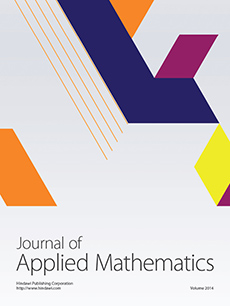Abstract
Brain-inspired, artificial neural network approach offers the ability to develop attractors for each pattern if feedback connections are allowed. It also exhibits great stability and adaptability with regards to noise and pattern degradation and can perform generalization tasks. In particular, the Bidirectional Associative Memory (BAM) model has shown great promise for pattern recognition for its capacity to be trained using a supervised or unsupervised scheme. This paper describes such a BAM, one that can encode patterns of real and binary values, perform multistep pattern recognition of variable-size time series and accomplish many-to-one associations. Moreover, it will be shown that the BAM can be generalized to multiple associative memories, and that it can be used to store associations from multiple sources as well. The various behaviors are the result of only topological rearrangements, and the same learning and transmission functions are kept constant throughout the models. Therefore, a consistent architecture is used for different tasks, thereby increasing its practical appeal and modeling importance. Simulations show the BAM's various capacities, by using several types of encoding and recall situations.
Citation
Sylvain Chartier. Mounir Boukadoum. "Encoding Static and Temporal Patterns with a Bidirectional Heteroassociative Memory." J. Appl. Math. 2011 (SI2) 1 - 34, 2011. https://doi.org/10.1155/2011/301204
Information





